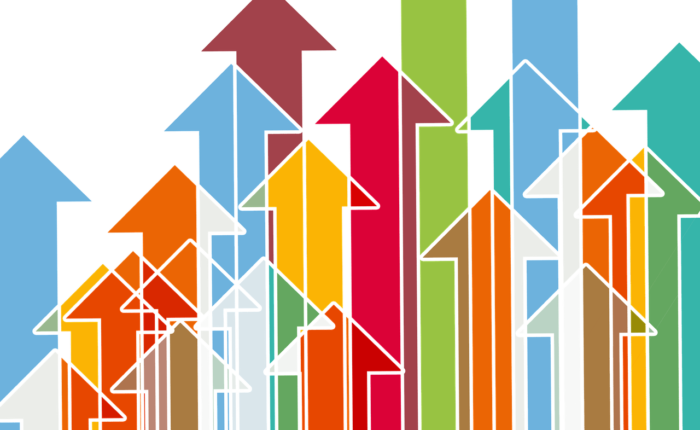GDP Versus GPI

Gross Domestic Product (GDP) is a metric used around the world to measure a country’s well-being but it misses its mark substantially. GDP is a measure of market throughput and is calculated by adding the value of all goods and services that are produced and traded for money during a given period of time. As such, GDP fails to account for desirable goals such as happiness, reduced crime, freedom, physical and mental health, cooperation between people, maintaining healthy resilient ecosystems and natural settings as well as many other non-monetary goals. When it comes to the natural environment, GDP ignores the services that nature provides. For example, clear cutting a forest for lumber contributes to GDP while the contributions made by the forest for sustaining life on earth are not factored in. Examples of such contributions include fighting climate change, reducing flooding, and improving water quality. In addition, research has shown that as GDP increases quality of life only up to a point. After that point is reached further increases in GDP are offset by increasing costs due to factors such as income inequality, loss of leisure time, lower community cohesions, reduced sense of purpose, reduced connection with nature, and other measures of human happiness. GDP also does not factor in levels of income inequality which can result in decreased worker productivity and increased social unrest. Due to these problems, another measure of well-being is needed to address the limitations of GDP.
The History of the GDP
It is useful to say a bit about how GDP became the leading measure of well-being. The use of GDP for well-being was due mostly to a post World War 2 decision by allied countries to increase economic growth, aid political stability, and maintain peace around the world. During the last 70 years, GDP has been used by governments to prepare budgets. It is also used to aid investors and businesses for planning purposes. All of these entities have come to see GDP as a country’s overall progress and have accepted the notion that increased GDP can solve the world’s problems such as poverty.
Alternative
One notable alternative to GDP which captures economic, environmental, and social capital over the long term is the Genuine Progress Indicator (GPI). Unlike GDP, which just measures levels of buying and selling, GPI also takes into account environmental and social factors such as the benefits of volunteering, housework, costs of crime, environmental degradation, loss of leisure as well as a host of other factors. Factors such as a healthy environment and consumers using goods that are built to last and with little waste are included in the GPI.
GPI incorporates all aspects of capital relevant to a country’s welfare: human, social, built, and natural. GDP measures current income while GPI measures the sustainability of that income.
GPI is calculated by adjusting GDP by adding certain contributions and then subtracting deductions. Examples of contributions include the value of higher education, housework, and parenting as well as volunteer work. Deductions include the cost of crime, commuting to work, auto accidents, air and water pollution, damage due to greenhouse gas emissions, and loss of leisure time.
The gap between GPI and GDP has been widening since the late 1970s in the US and many other countries. This divergence is known formally in the literature as the “threshold effect.” It implies that after some particular threshold, gains in economic growth are offset by rising environmental and social costs. Before the threshold, GPI generally rises with GDP.
GPI shows that It is possible a relatively low level of economic activity at a time when citizens are enjoying significant leisure time with family and friends, living in healthy environments, and consuming goods and services that are tasteful, built to last, and made with a minimum of waste.
There is really a limited connection between economic activity and welfare – there can be an extraordinary level of buying and selling taking place in an economy at the same time that the majority of its citizens are poor, unhealthy, unsatisfied with the quality of their lives, and living in danger of war, environmental contaminants, and political instability.
Next Steps
Supporting holistic alternatives to GDP needs a push from the public as well as support from businesses, investors, activists, and other key stakeholders. This push is required to help achieve political consensus on establishing and measuring GDP alternatives such as GPI. The results of the measurement should be used to better guide future budgets and legislation. We also need to learn about the experience other countries such as Finland, Iceland, and New Zealand have had with introducing GDP alternatives into their measuring and policy processes. GDP alternatives need to be fully conveyed to the public so that ordinary citizens have a chance to express their opinions and vote based on the information that GDP alternatives provide. Finally, establishing and using GDP alternatives requires support from all levels of government to achieve a consensus and a coherent approach on how we can measure and achieve progress. It’s time we left measuring progress just through the lens of economic activity and move towards a system that values our overall welfare.
